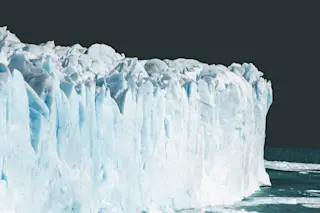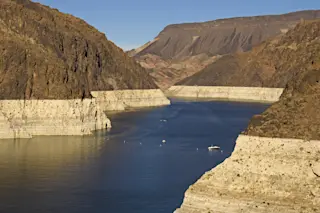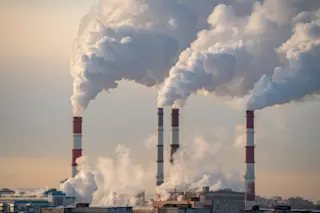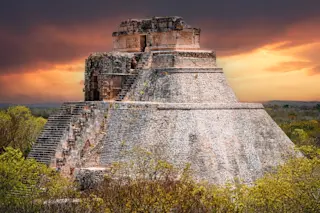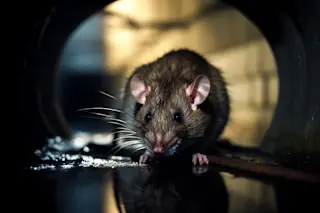At geological time scales, what really controls the climate isn’t the atmosphere, it’s the ground. Most of Earth’s carbon dioxide is held underground, in reservoirs of natural gas and oil, but also in the rocks themselves. As the planet’s tectonic platesslide and churn against one another, they bury carbon deep beneath the surface while exposing fresh rock that will soak up more carbon over time.
That carbon can be liberated in large volcanic events, causing mass extinctions. But the process can also work the other way, where rocks pull carbon from the sky. A new study from MIT researchers claims that Earth’s last three major ice ages were caused by collisions of tectonic plates bringing fresh, carbon-hungry rock to the surface. Over millions of years, these rocks sucked up enough carbon dioxide from the atmosphere to cause temperatures to plummet and send glaciers marching outward from the poles.
The process ...


